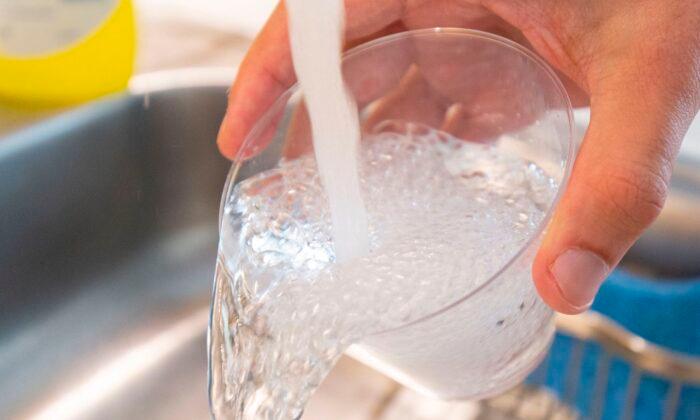The Biden administration has proposed a new set of nationwide standards for drinking water, seeking to limit the levels of certain fluorinated chemicals associated with cancer that can build up in the human body over time.
These chemicals are among the thousands of types of PFAS, a broad class of artificial compounds often referred to as “forever chemicals” because it takes an extremely long time for them to break down in the environment. Some of them never fully break down.
PFAS are used in a wide range of household products, from fast-food packaging to nonstick cookware, stain- and water-resistant clothing and firefighting foams. Studies have shown that long-time PFAS exposure may contribute to health issues such as weakened immune system, lower resting metabolic rates, and elevated risk of kidney or testicular cancer.
If Tuesday’s proposals become official rules, water systems may have to take additional steps to make sure the six “forever chemicals” are at acceptable levels before supplying to households and businesses.
Specifically, the amount of PFOS and PFOA, the two most widely used PFAS, will be limited to at most four parts per trillion (ppt) in drinking water. One ppt is the equivalent of one drop of contaminant in 18 million gallons of water.
As for the rest four chemicals, the proposed rules treat them as a mixture and will require water systems to use a hazard index calculation to determine at what levels those compounds collectively pose a health risk.
Extra Costs
In response to the move, the National Association of Water Companies (NAWC) said while they are willing to work with federal regulators to keep the “forever chemicals” in check, it will be customers who eventually shoulder the potential extra cost.“Make no mistake—addressing the PFAS in the nation’s water supply will cost billions of dollars. It’s a burden that under the current structure will disproportionately fall on water and wastewater customers in small communities and low-income families,” said Robert Powelson, the national organization’s president and chief executive.
“Instead of coming from the pockets of water and wastewater customers and utilities, the polluters should be held directly responsible for the cleanup costs,” Powelson argued.
“NAWC is calling on Congress and the EPA to enact laws and regulations to ensure that those who manufactured and used PFAS chemicals are responsible for funding cleanup and treatment and protect water and wastewater customers from having to fund further cleanup efforts.”





